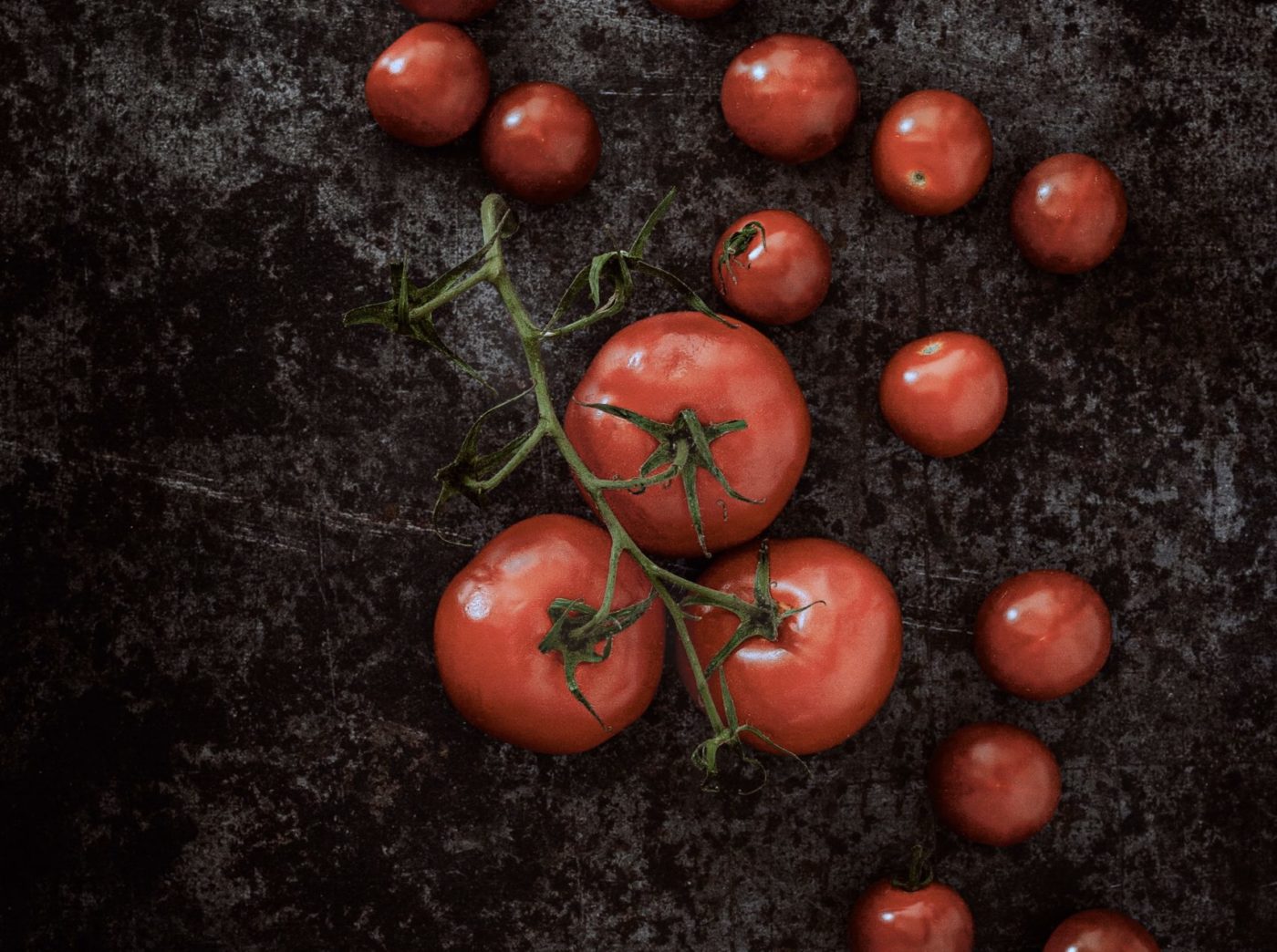
Which Is a Better Way to Grow Disciples: Vine-Ripened or Mass-Produced?
When I was a boy, my dad and I grew a vegetable garden together every summer. Our tomatoes were amazing. Grown in nutrient-rich soil, staked, and ripened to deep-red, sunshine-infused perfection, it was love at first bite! Our tomatoes were never perfectly round or uniform in shape. Sometimes they were so ripe they would spontaneously split during the 30-yard stroll from garden to kitchen.
There’s something about a homegrown, sun-ripened tomato. Bite into one and you can taste the sunshine as the juices burst into your mouth—a delicious surge of flavor tantalizing your taste buds.
Years ago you could purchase tomatoes that were almost that good at your local grocer or market. Today? Not so much—and it’s virtually impossible from October to June.
Today’s tomatoes are uniform in shape and size. The skin is waxy, and the flesh is bland. Today’s tomatoes are as bereft of nutrition as they are of flavor.
Analysis conducted by the U.S. Department of Agriculture determined that 100 grams of fresh tomato today has 30 percent less vitamin C, 30 percent less thiamine, 19 percent less niacin, and 62 percent less calcium than it did in 1965. The only things it has more of is fungicide and pesticide residue, and sodium. In fact, today’s tomato has 14 times more sodium than its 1960s counterpart.
So who killed the flavor in America’s supermarket tomatoes? The answer would seem to be the industrialization of tomato farming—specifically the endless quest for efficiency.
In his book Tomatoland, Barry Estebrook documents how this quest has destroyed America’s “most alluring fruit.” Estebrook notes that more than 90 percent of tomatoes raised from October to June are grown in Florida. Florida is warm when the rest of the East and Midwest are cold, and is within easy striking distance for trucks to reach big markets.
Other than that, Florida is completely unsuitable for tomato growing. Florida’s humidity provides the perfect environment for fungal diseases, insects, and other pests to thrive. The sandy soil is devoid of nutrients. Voluminous quantities of chemical fertilizers are required, along with more than 100 different herbicides and pesticides. An acre of Florida tomatoes gets blasted with five times as much fungicide and six times as much pesticide as an acre of California tomatoes.
For aesthetic and automated processing purposes, every tomato must be uniform in shape and roundness.
To withstand the rigors of handling and shipping, Florida tomatoes are bred for hardness, picked while firm and green (not even a trace of pink is allowed), and shipped to warehouses where they are gassed with ethylene until they acquire the red skin tones of a ripe tomato. They head to supermarkets perfectly round, perfectly red, and perfectly tasteless.
Producers have come to value efficiency over all else, trumping taste, nutrition, and the safety of the migrant workers who are sometimes exposed to near lethal quantities of pesticides. It’s a far cry from the juicy, flavorful, nutrition-loaded tomatoes my dad and I used to grow.
Vine-ripened produces the best fruit. It’s slow and it’s inefficient. But the end result is a great tomato.
Efficiency and technique has also caught on in many churches. You can process more people through slick programs and discipling curriculums. But is that the goal? Good fruit can rarely be mass-produced. Good fruit must stay on the vine until maturity and be cared for by an attentive gardener. Jesus discipled his followers slowly, relationally. It was high touch, life-on-life, inefficient, but effective—vine-ripened disciples.
Good fruit can rarely be mass-produced.









